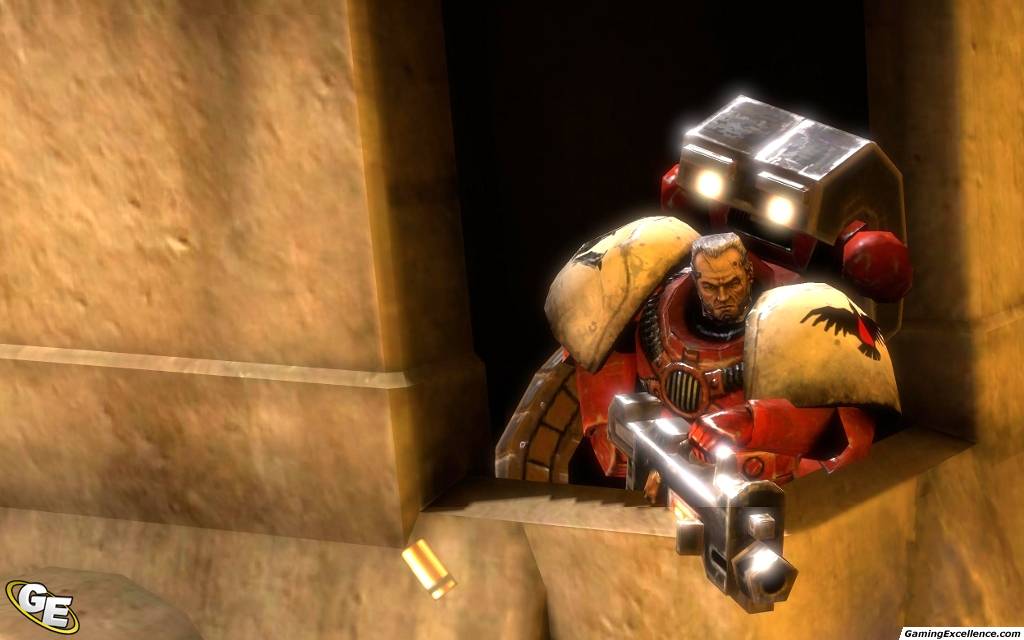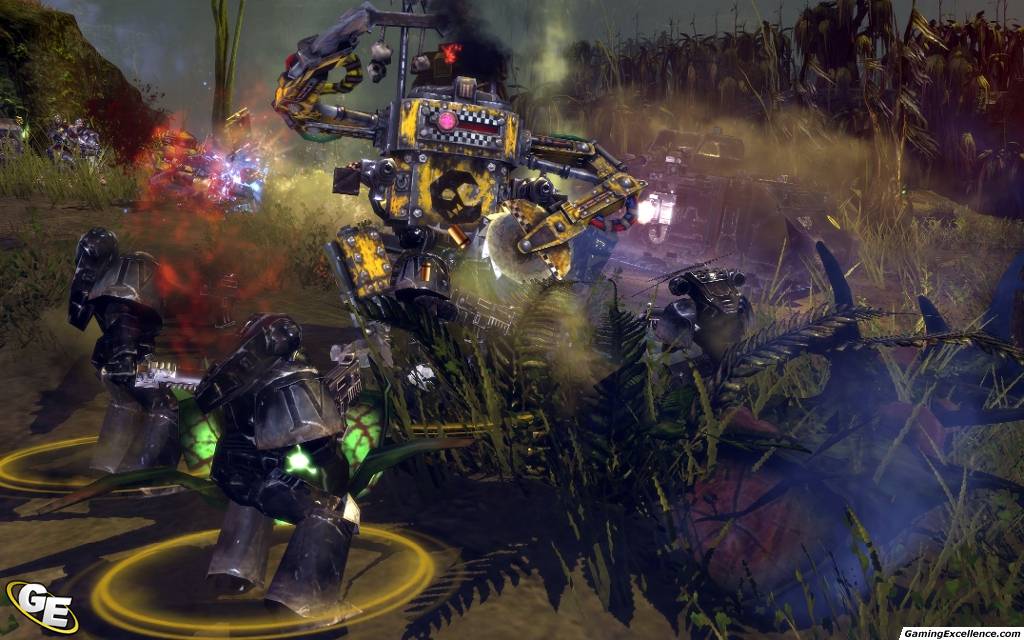
Elites, tough as they are, also don't typically heal on their own, and marching your shiny Morkanaut all the way to the foe's headquarters-only to have to march home and then back just to freshen up-isn't wise. They're a vital part of resupplying and supporting your forward troops. That makes for one steep learning curve, but for those that manage it, there's a lot of added depth.īases in Dawn of War aren't just where your core units get churned out. That's fine on its own, but what it means, practically speaking, is that just as your base-building gets more complex and requires more care and attention, you're also tasked with tactically managing your Elite units. While most of these units can turn the tide on their own, they're akin to a queen in chess, in that if you do manage to lose one, it can be devastating.

You'll be able to summon your first after the first few minutes of a match, after which they can press fronts, boost morale, or harass your foes. Each is a pillar of the Warhammer story and comes with weapons and powers befitting their esteem. That, in itself, could form the backbone of a game, but Dawn of War III also has an array of powerful hero units.


From there, you'll plan out your base and capture strategic points around the map to pull in resources and keep tabs on the enemy. Both sides start with an array of basic defenses, including a pair of powerful automated turrets, to deter early intruders. Each is charged with defending a power core. Skirmishes can have between two and six human (or AI) players split into two teams. There's only one mode, but it's packed with ideas. That's fine on its own, but without interesting twists on the fundamentals of play, you're better off starting with multiplayer. You have a straight push through 17 missions, and each of them serves as a really drawn-out tutorial, offering contrived scenarios for you to test out different strategies before playing against others online. It’s hard to believe that Relic could find actors who all sound identically gruff while still being distinct, but they managed it somehow.Beyond a healthy addition to the already massive Warhammer canon, the campaign doesn't offer much. Not that the cinematics aren’t cool though – the game has a great, if abrupt intro sequence, and the voiceovers and such that pull you into the game are fantastically done. You cast yourself as a character on the battlefield and it changes everything. They feel distinct and personal, so that you actually care about them and want them to win out of sympathy and not just out of a desire to see the ending cinematic. The commanders and their troops suddenly have faces, names and motives and abilities. Relic’s controversial and startling re-tooling of the RTS set-up has changed how the scale of the war is perceieved, casting it all from a different light.

As time goes on new enemies are introduced and you take the fight to planets new, but at its core it’s still just the same never-ending war that’s always kept the 40K universe ticking inches from extinction.Įxcept it isn’t the same war, not at all. The story starts on the distant planet Calderis, training ground for the prestigious Blood Ravens chapter, which is being assaulted by barbaric hordes of Orks. The actual plot for Dawn of War II isn’t anything wholly remarkable, it has to be said.


 0 kommentar(er)
0 kommentar(er)
